Home » Understanding the Thermoform Packaging Process
Understanding the Thermoform Packaging Process
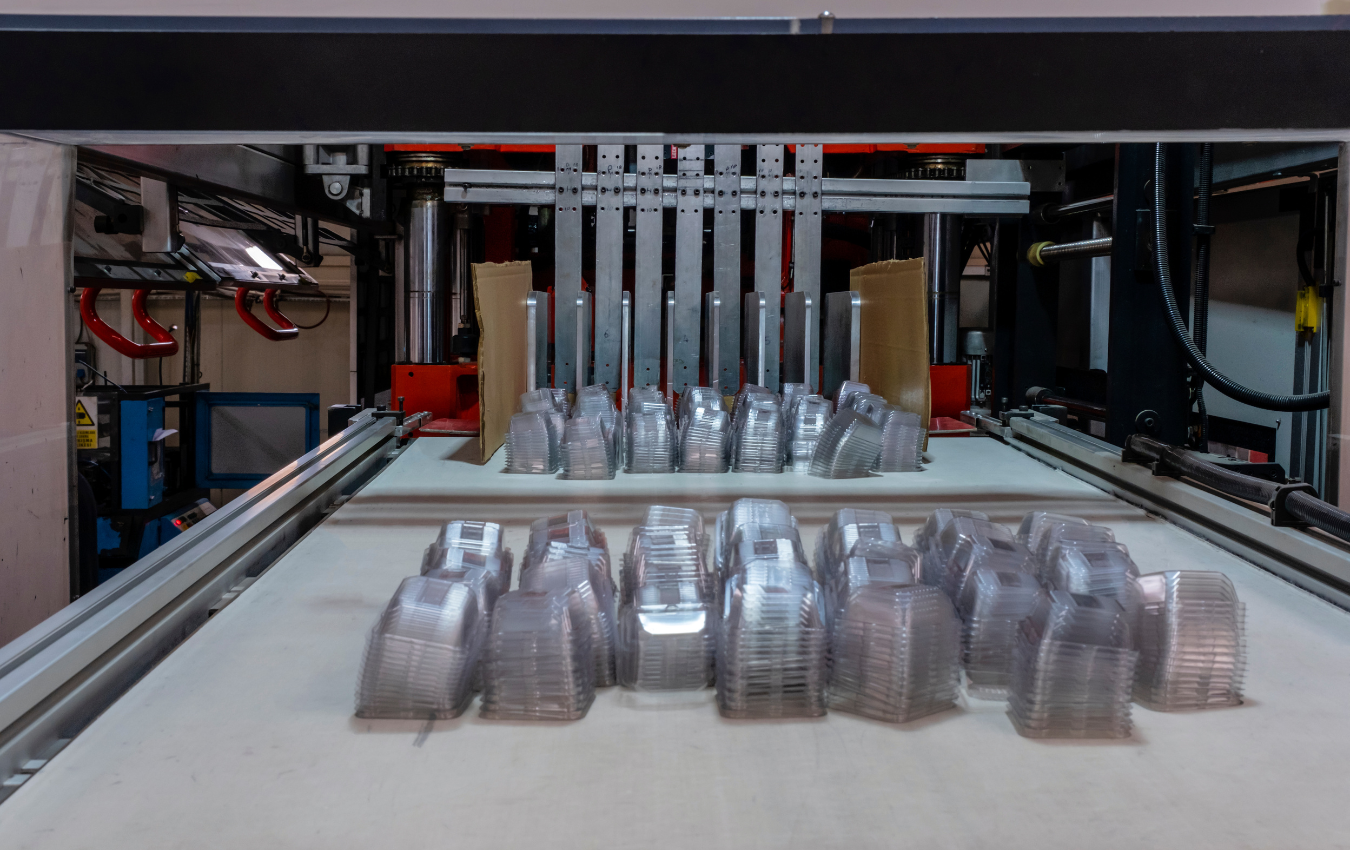
Thermoform packaging is the backbone of numerous sectors including food, pharmaceutical, electronics, cosmetics, and consumer goods, to name a few. Its high adaptability and customizability make it an unparalleled choice for businesses around the globe. This blog post seeks to dive deeper into the world of this unique process, exploring its labyrinthine facets.
Thermoform Packaging: A Basic Overview
Before we delve deeper, let’s first understand what thermoform packaging is. This process involves heating plastic sheets until they reach a pliable forming temperature. Once the material is pliable, it’s then formed into a specific shape using a mold. After the forming process, the plastic is trimmed and converted into finished packages. Common examples of thermoform packaging that you might encounter in your daily life include blister packs, clamshells, trays, and even innovative designs like trap packs.
A Closer Look at the Types of Thermoform Packaging
There are various types of thermoform packaging, each fulfilling a unique role in different industries. The most common types include blister packs, clamshells, trays, and the emerging trend of trap packs.
Blister Packs: The Pharmaceutical Industry’s Favorite
Blister packs are a ubiquitous sight in the pharmaceutical sector. They are most commonly used for packaging pills, capsules, or lozenges. A blister pack is made from a formable web, typically a thermoformed plastic, which is shaped into a cavity or pocket designed to securely hold the product.
Clamshells: Versatile and Secure
Clamshells, as the name suggests, are a type of packaging that resembles a clam in its structure. This form of packaging features two halves, which are connected through a hinge area. This design allows the packaging to open and close in a manner similar to a clamshell.
Trays: A Jack of All Trades
Trays represent another versatile form of thermoform packaging. These are extensively used to hold a plethora of items ranging from ready-to-eat meals in the food industry to various components in the electronics industry.
Trap Packs: Innovative Consumer Goods Packaging
Trap packs are an emerging trend in consumer goods packaging. They combine the advantages of thermoform packaging with innovative design elements, often featuring traps or compartments that enhance product organization and presentation. Trap packs are gaining popularity in industries where product visibility, organization, and aesthetics are crucial.
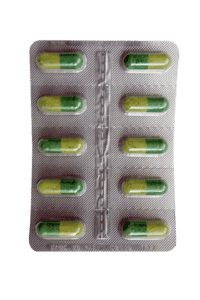
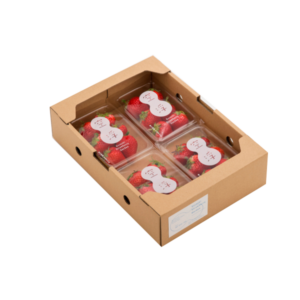
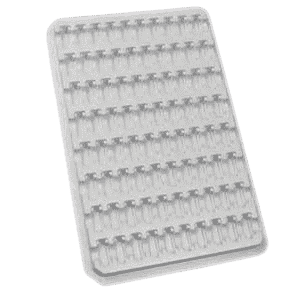
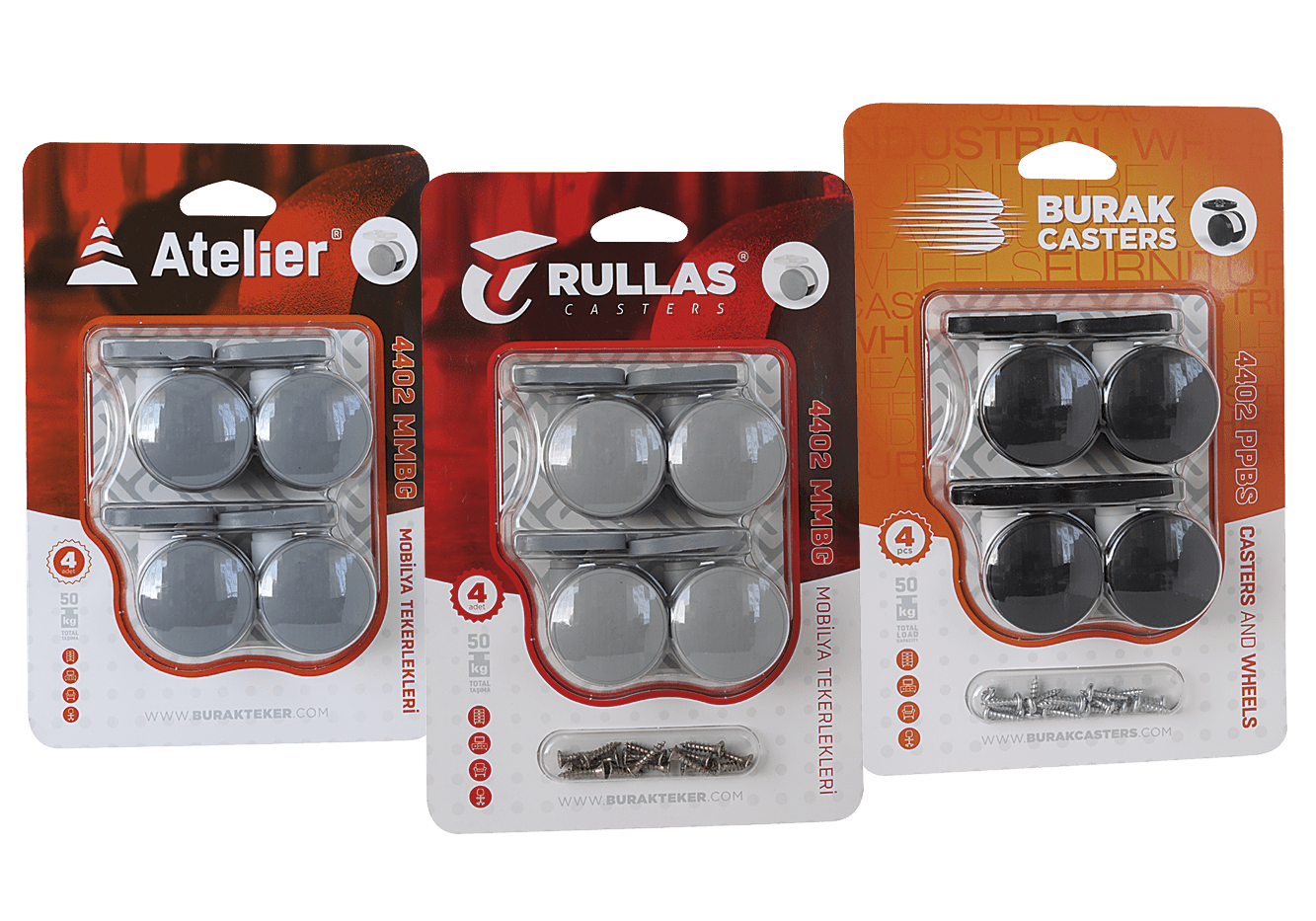
The Detailed Thermoform Packaging Process
Thermoforming packaging might seem straightforward, but it’s a complex process involving multiple stages. Each stage plays an integral role in crafting the final product.
The Salient Advantages of Thermoform Packaging
Thermoform packaging boasts numerous advantages. One of its most striking benefits is its high degree of customization. The process allows for virtually any shape to be achieved, making it apt for a wide variety of products, including the consumer goods sector.
Another notable advantage of thermoform packaging is its cost-effectiveness. The materials utilized in this process are relatively inexpensive, and the production process is highly efficient. The packaging’s lightweight nature also contributes to a decrease in shipping costs.
Transparency is yet another critical benefit. The clear nature of thermoform packaging allows potential consumers to view the product without needing to open the packaging. This quality makes thermoform packaging particularly appealing in the retail sector, especially for consumer goods where product visibility is a key selling point.
Wrapping It Up
Thermoform packaging is a multifaceted and versatile process that plays an indispensable role across a wide array of industries, including consumer goods. Understanding its intricate process and myriad benefits allows businesses to utilize this technology optimally, improving their product presentation, ensuring product safety, and boosting their profitability. As we continue to witness an evolution in the world of packaging, thermoform packaging stands firm as a reliable and efficient solution, adapting to the ever-changing demands of the consumer goods market.
If you are interested in thermoform packaging, then partner with Brown Packaging today to get started.
RSC boxes are known for their efficiency and versatility, but their performance ultimately comes down to strength. Buyers often see numbers like ECT, BCT, and
In packaging, foam isn’t just about initial protection — it’s about maintaining performance over the entire shipping or storage cycle. Compression set and recovery characteristics
Pouches are a go-to for flexibility and convenience, but they can fail in critical ways—from poor seals to punctures and delamination—that hurt performance and brand
In the retail environment, the placement of Point of Purchase (POP) displays is just as critical as their design and content. Strategic positioning can significantly
Choosing the right foam density isn’t about “soft” versus “hard” — it’s about controlling shock transmission and matching the foam’s cushioning curve to the product’s
Moisture resistance and dimensional stability are critical performance factors for custom inserts, especially when products are shipped or stored in variable climates. Both foam and
Home » Understanding the Thermoform Packaging Process
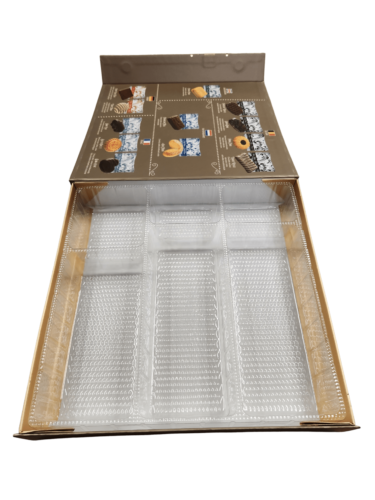
In the dynamic and ever-evolving food industry, packaging plays a pivotal role in preserving the quality, safety, and freshness of products while also captivating consumers

When it comes to product packaging, choosing between blister packaging and clamshell packaging can often be confusing, as they both originate from the thermoforming process

The packaging industry has been subjected to vast shifts in focus over the past few years. With the growing awareness of sustainability issues and the


